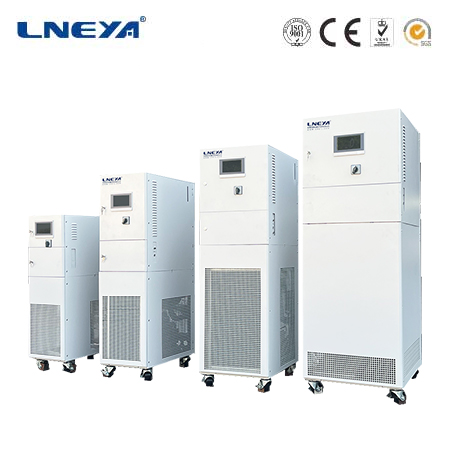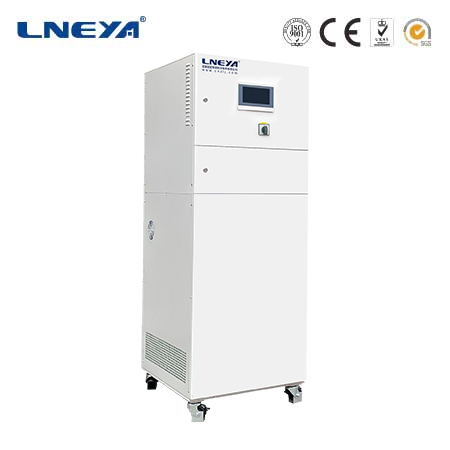heating and cooling products
Heating and Cooling Products: A Detailed Overview
Maintaining a comfortable indoor environment requires reliable heating and cooling solutions. This guide explores different types of HVAC (Heating, Ventilation, and Air Conditioning) products, their efficiency, installation best practices, and advancements in technology.

- Types of Heating Products
Furnaces: Use gas, oil, or electricity to heat air, which is then distributed via ducts.
Boilers: Heat water to provide steam or hot water for radiators or underfloor systems.
Heat Pumps: Transfer heat between indoors and outdoors; efficient for both heating and cooling.
Space Heaters: Portable electric or gas-powered units for localized heating.
Radiant Heating: Uses electric coils or hydronic systems beneath floors for even warmth.
- Types of Cooling Products
Central Air Conditioners: Use refrigerant and ductwork to cool entire buildings.
Window & Portable ACs: Affordable options for single-room cooling.
Evaporative Coolers: Ideal for dry climates, using water evaporation to cool air.
Ductless Mini-Splits: Provide zoned cooling without ductwork, enhancing efficiency.

- Energy Efficiency Considerations
SEER (Seasonal Energy Efficiency Ratio): Measures cooling efficiency; higher ratings mean better performance.
HSPF (Heating Seasonal Performance Factor): Rates heat pump heating efficiency.
ENERGY STAR Certification: Indicates products meeting strict efficiency guidelines.
- Installation & Maintenance Tips
Proper Sizing: An oversized or undersized system reduces efficiency.
Professional Installation: Ensures safety and optimal performance.
Regular Maintenance: Includes filter changes, coil cleaning, and annual inspections.

- Emerging Technologies
Smart Thermostats: Learn user preferences and optimize energy use.
Geothermal Systems: Use stable ground temperatures for highly efficient heating/cooling.
Solar-Powered HVAC: Reduces reliance on grid electricity.
Conclusion
Choosing the right heating and cooling products depends on climate, energy efficiency needs, and budget. By understanding the available options, consumers can make informed decisions for year-round comfort.
Related recommendations
liquid chillers portable units
554Introduction to Portable Liquid Chillers Portable liquid chillers are compact, movable units that remove heat from a liquid through a cycle of compression, condensation, and evaporation . These...
View detailswater bath in the laboratory
367Introduction to Water Bath in the LaboratoryA water bath is a scientific apparatus used to maintain a steady temperature for prolonged periods when incubating samples. It is preferred over an open...
View detailscooling chillers
188Cooling chillers are mechanical systems designed to extract heat from a substance, typically water or a refrigerant, and transfer it to another medium, thereby reducing the temperature of the init...
View detailscirculation heater
352How Circulation Heaters WorkCirculation heaters operate on the principle of heating a fluid as it continuously flows through the heater. The basic structure typically consists of a heating elemen...
View details
 LNEYA Thermal Test Chillers
LNEYA Thermal Test Chillers






HelloPlease log in